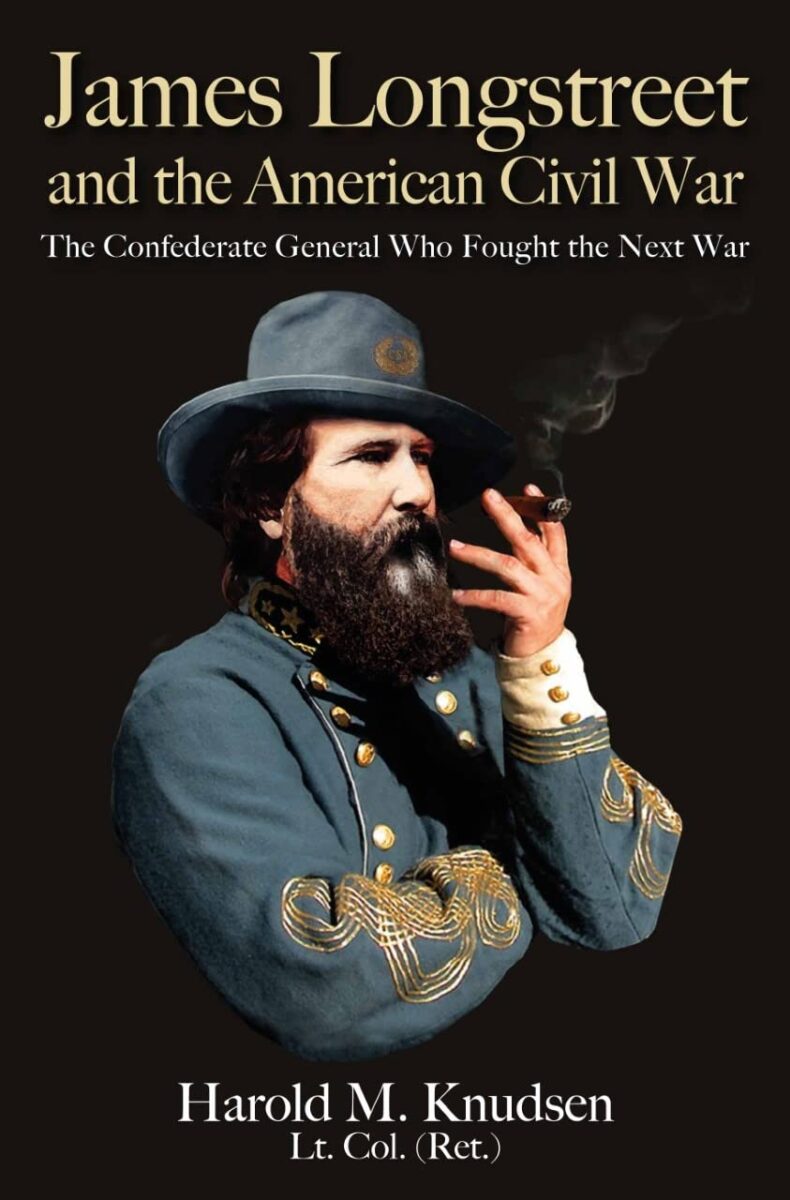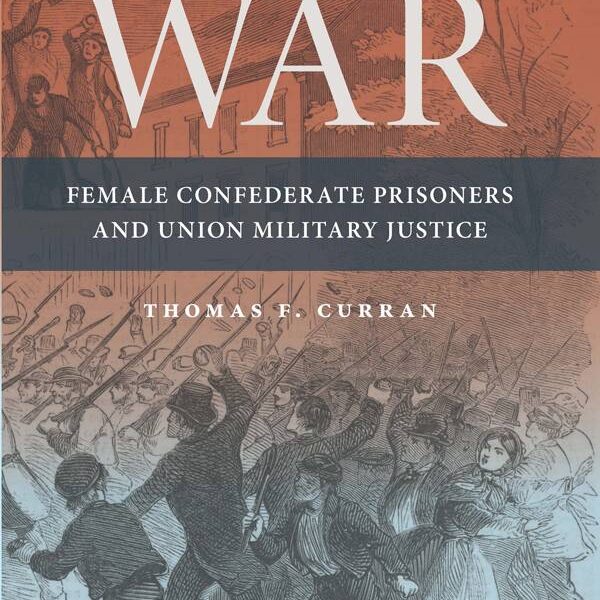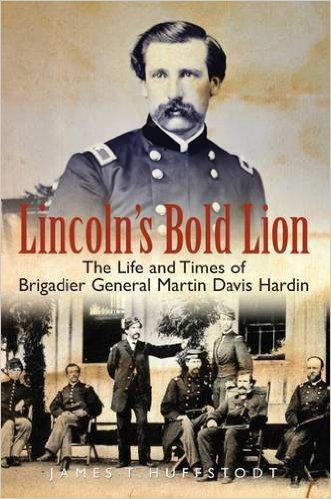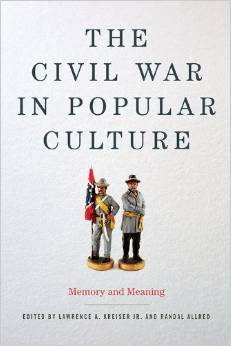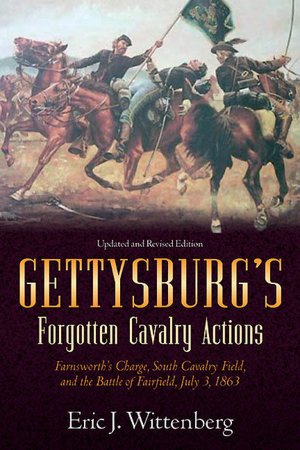James Longstreet and the American Civil War argues that Longstreet’s post-Civil War defection to the Republican Party, rather than historical evidence, inspired many Confederate veterans and later historians to fault him for several Confederate battlefield defeats. Knudsen seeks to prove that Longstreet possessed a strategic and tactical prowess exceeding the estimates of his postwar detractors, and that he “envisioned some of the methods of early twentieth century land warfare” (7). By drawing comparisons between Longstreet’s tactical maneuvers and those of future generals like Douglas MacArthur and Erwin Rommel, Knudsen exculpates Longstreet from the battlefield failures ascribed to him and reclaims him as one of the great military thinkers of the nineteenth century.
A retired lieutenant colonel of the United States Army, Knudsen wields a deep understanding of military operations (past and present) in his study. The book often alludes to military concepts from both the Civil War era and the wars of the twentieth and twenty-first centuries. Knudsen argues that Longstreet’s use of indirect artillery fire at the Battle of Fredericksburg resembled the tactics of the later Russo-Japanese and World Wars, making it “a forerunner of modern artillery employment” (67). Other examples abound, such as the comparison of Longstreet’s strategy at Chickamauga to the German army’s “schwerpunkt,” or focus on the enemy’s center of gravity, as seen in World War II (163). Though comparing several complex military formations across a broad time frame, Knudsen elaborates on the historical context of each comparison, writes clearly, and explains his terminology to make it accessible for a general audience.
Knudsen’s greatest efforts go to defending Longstreet against his postwar detractors and while he makes a compelling case, his conclusions leave the door open for debate. Strategic and operational mistakes often attributed to Longstreet appear in this book as the fault either of circumstances or other Confederate generals, including Robert E. Lee. Most notably, Knudsen devotes four chapters to the Battle of Gettysburg to argue that tales of Longstreet’s sluggishness at the battle and his culpability for the bloodshed of Pickett’s Charge arose out of postwar animosity from fellow soldiers. Drawing on contemporary letters and orders, Knudsen instead blames both the command structure of the Army of Northern Virginia, miscommunications, and the inability of generals like Robert E. Lee to envision the same advanced strategy as Longstreet.
These conclusions rely heavily on the memoirs of soldiers written long after the war, particularly Longstreet’s own From Manassas to Appomattox, written in 1896. These sources certainly offer much useful information, and their incorporation strengthens the book’s debunking of myths, yet the biases of such literature should be more clearly noted in a work so heavily reliant upon them. In acknowledging that postwar literature mistreated Longstreet for political reasons, the book fails to grant that Longstreet’s recollections could have likewise had ulterior motives.
Furthermore, Knudsen seeks to recover Longstreet’s wartime reputation and consequently limits its chronology to Appomattox; a more detailed discussion of Longstreet’s actions during Reconstruction would have better explained why he lost favor with ex-Confederates. For example, discussing Longstreet’s role as adjutant general of Louisiana and his command of African American state militia units in the defense of the Louisiana State House in 1874 would have posed meaningful questions for the book’s argument that Longstreet’s military thinking preceded his day.
Knudsen’s defense of Longstreet offers many interesting and compelling points, though at times in blaming Lee, Thomas J. Jackson, or Braxton Bragg for Confederate failures, Longstreet appears to be above all reproach. The book makes the important point that, contrary to the Lost Cause ideology, Lee was a fallible general.
Despite denouncing the historical practices of Lost Cause historians, Knudsen’s own prose preserves traces of that same ideology. Calling the U.S. Civil War the “War Between the States” and Confederate soldiers “great Americans,” the book draws on the problematic tradition of ignoring the Confederates’ (and consequently James Longstreet’s) commitment to slavery and treason against the United States. Careful word choice matters deeply to a work so engaged with issues of Lost Cause scholarship, and poor choices here distract from and weaken otherwise engaging arguments.
As a work of scholarship, James Longstreet and the American Civil War successfully poses a unique historical argument supported by primary sources while leaving the door open for future scholars to disagree with that argument. Knudsen ultimately offers a clearly written reconsideration of Longstreet’s career up to Appomattox that will interest readers of Civil War and military history.
A.J. Blaylock is a graduate student in the Department of History at the University of Alabama.
